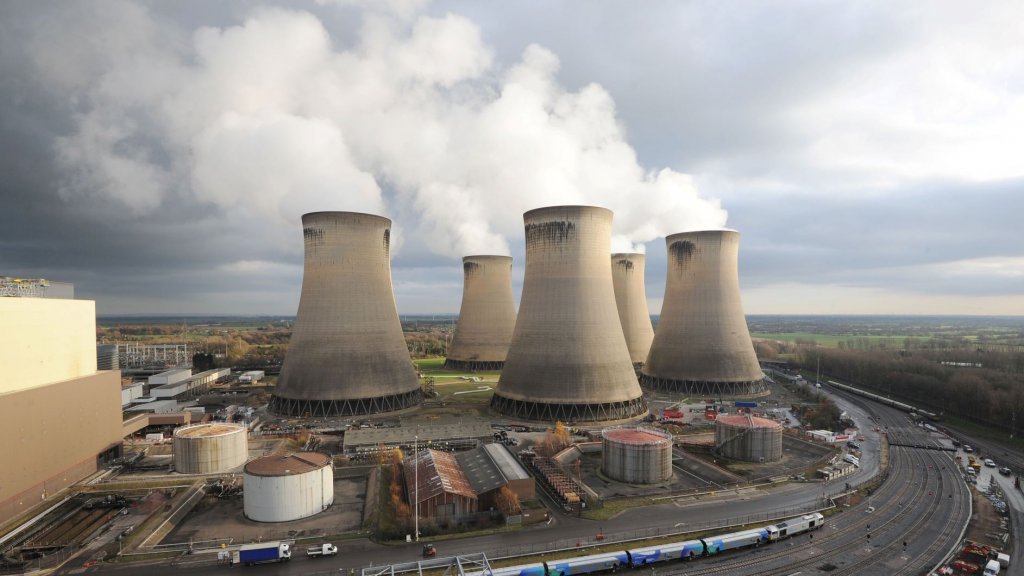‘Biggest Fall’ In Power Sector Carbon Emissions In Decades

Last year saw the biggest falls in global electricity generation from coal and power sector carbon emissions since at least 1990, analysis suggests.
Electricity generation from coal fell 3% in 2019, which led to a 2% fall in carbon dioxide emissions from the power sector, according to the worldwide assessment by climate think tank Ember, previously known as Sandbag.
Though it is the biggest fall on both counts since at least 1990 when the International Energy Agency (IEA) started reporting on them, declining coal generation is not yet “the new normal”, Ember warned.
Limiting global warming to 1.5C above pre-industrial levels, which scientists warn is needed to avoid the worst impacts of climate change, looks extremely difficult, Ember said.
While coal power collapsed in the EU and the US, Chinese electricity from the fossil fuel grew last year and the country is responsible for half of global coal generation, the analysis found.
The fall in coal is partly due to a structural shift towards wind and solar but also relied on one-off factors, such as nuclear generation being restarted in Japan.
It would need to collapse at a rate of 11% a year up to 2030 to keep global warming to 1.5C, the report from Ember warned.
The US coal collapse – down 16% in 2019 – is undermined in terms of its climate impact by the fact the power sector has mostly switched to gas.
In the EU, coal generation fell by 24% and the bloc is leapfrogging from coal straight to wind and solar power, according to Ember which has previously published annual analysis of electricity transition in the EU.
Wind and solar generation rose by 15% in 2019, generating 8% of the world’s electricity.
This level of growth needs to continue for many years to tackle the climate crisis, which is possible with falling prices but will require a concerted effort from all regions, the report said.
The analysis also reveals the growth in demand for electricity slowed to 1.4%, the slowest increase since the 2009 recession, due to low economic growth and a milder winter in the US and EU.
Dave Jones, Ember’s electricity analyst and lead author of the report, said: “The global decline of coal and power sector emissions is good news for the climate but governments have to dramatically accelerate the electricity transition so that global coal generation collapses throughout the 2020s.
“To switch from coal into gas is just swapping one fossil fuel for another.
“The cheapest and quickest way to end coal generation is through a rapid roll-out of wind and solar.”
But he said that without concerted efforts to boost wind and solar, the world would fail to meet climate targets.
“China’s growth in coal, and to some extent gas, is alarming but the answers are all there.
“The EU leaps out with 18% of electricity now coming from wind and solar, but with the US on 11%, China at 9% and India at 8% – the race is on,” he said.
The report incorporates 2019 electricity generation data covering 85% of the world’s electricity generation, including information from China, the US, India and EU, and informed estimates of the remaining 15%.




